The Queer & Questioning Reading List
As you may be able to tell, LGBTQIA+ is a bit of a layer cake all of itself! Queer is another umbrella term for anyone who is non-cisgender or non-heterosexual. The term strives to maximize its inclusivity by being defined by what it is not. Anyone who falls under another LGBTQIA+ identity may also consider themselves queer.
So, why use such a broad term? Some call themselves queer because they feel that other labels don't complete the whole picture that is themself. One may also identify as queer to acknowledge overlapping experiences between communities, and in doing so, find commonality in a broader "Queer Culture".
***(Queer is a reclaimed word. While some within the LGBTQIA+ community are still ambivalent about its use, its acceptance has been largely on the rise. While this word has become near and dear to many, please be considerate of others when using it in conversations within your community.)
Many more variants of the Pride Flag exist, often to promote specific forms of activism or to explicitly represent intersecting cultures. If you’re not sure which one is correct to use, the answer is all of them!
Questioning encompasses those who are unsure of their orientation or gender identity, and who may be exploring what their part is in queer culture. Teenagers are the most likely to start to question themselves, but people can be questioning at any point in their lives.
Social support is important while a questioning person explores parts of themselves they do not know well, and for that reason we acknowledge them as an important part of the queer picture.
Attempts to establish a flag for Questioning people have been made, but so far there is no consensus.
Adult Fiction
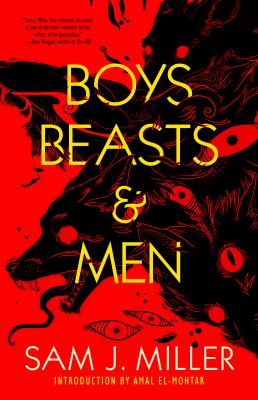
Boys, Beasts, and Men
by Sam J. Miller
A genre-blender of sci-fi, fantasy, and horror, flush with queer characters and themes all throughout. This is a series of 14 short stories, so it's great to read in short bursts!
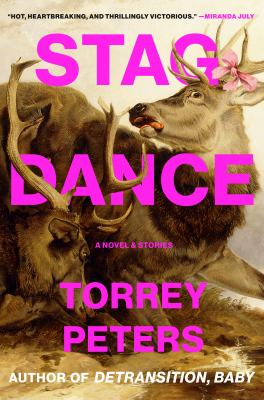
Stag Dance
by Torrey Peters
Another short story collection about queerness at its fringe. Go on a journey with characters that question their own attractions, what it means to be trans, and whether our bodies are truly as limited as we think.
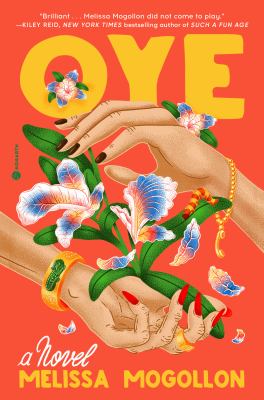
Oye
by Melissa Mogollon
Eavesdrop on lesbian protagonist Luciana's letters as her exploration of identity collides with the needs and beliefs of her family. Oye highlights the differences in how queer people experience the passage of time and milestones.
Adult Nonfiction
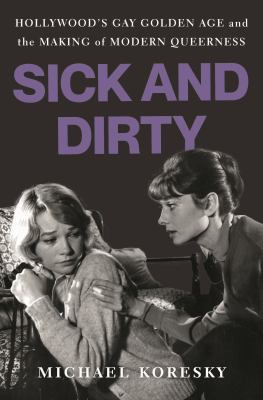
Sick and Dirty: Hollywood's Gay Golden Age and the Making of Modern Queerness
by Michael Koresky
The Hayes code shook queer Hollywood starting in 1934, forbidding the depiction of gay relationships or any hints of sexual content. But that doesn't mean that queerness disappeared. Screenwriters found their methods to blur the lines...
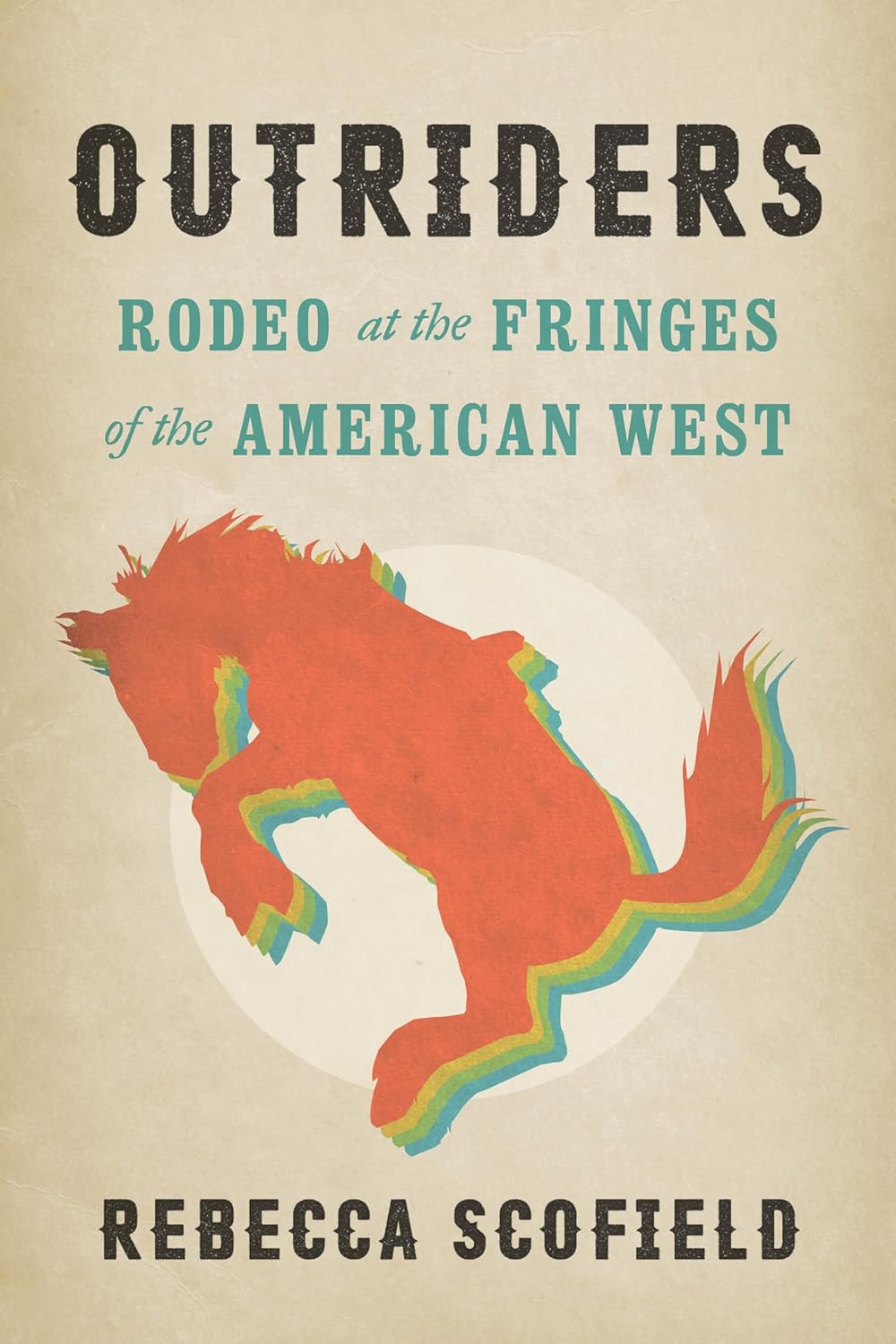
Outriders: Rodeo at the Fringes of the American West
by Rebecca Scoffield
Did you know that the gay cowboy isn't just a movie stereotype? Hidden from modern American myth are the real life gay, lesbian, trans, Indigenous, black, and queer cowboys and cowgirls that began their histories long before the Gold Rush.
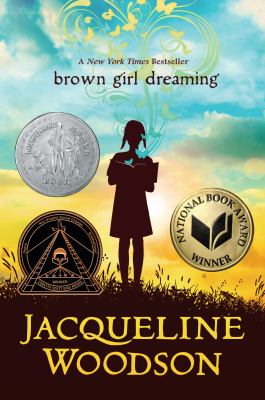
Brown Girl Dreaming
by Jacqueline Woodson
Jacqueline Woodson's autobiographical poetry about living through the Jim Crow era is informed by her experience as a queer person.
Teen & Kids
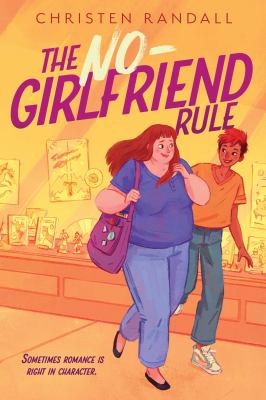
The No-Girlfriend Rule
by Christen Randall
Calling all nerds! Queer love, found family and tabletop roleplaying make for a wonderful YA romance that had me quite jealous, having missed out on all that in high school. Hollis initially joins an all-girls Secrets & Sorcery group to improve her relationship with a lackluster boyfriend. But with Aini, Hollis may just experience love for the first time. As Hollis expands her social circle, she begins to gain self-confidence and be comfortable in her queerness.
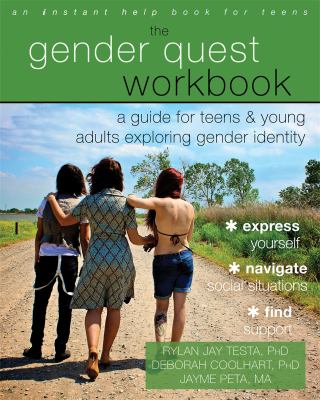
The Gender Quest Workbook: A Guide for Teens and Young Adults Exploring Gender Identity
by Rylan Jay Testa
A work book for ages 13 and up of any gender. What is your gender identity & how do you know? How do you currently express your gender & could that change? How does your gender impact your relationships, well-being & dreams for the future? With this book you'll be on your way to finding the answers to these questions and many more, along with support for the challenges you may face on your courageous journey. No matter where you fall on the gender spectrum, you'll find fun and engaging activities and exercises to help you discover and express your gender in ways that feel right for you. Also included are tips on navigating the unique experiences that can arise with family and friends, at school and work, and in relationships. Represation: Faith, Culture, and Racial backgrounds acknowledge in the discussion of gender. Trigger warnings: minority stress, internalized transphobia, staying closeted for safety.
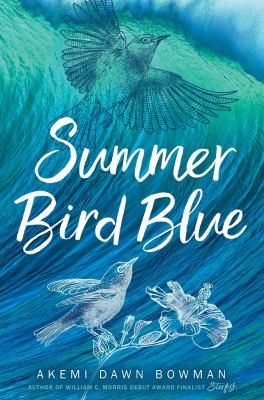
Summer Bird Blue
by Akemi Dawn Bowman
A lyrical novel exploring grief, love, and finding yourself in the heart of loss for ages 12 and up. Rumi Seto spends most of her time worrying that she doesn't have the answers to everything, but she does know she wants to spend the rest of her life writing music with her younger sister, Lea. Then Lea dies in a car accident, and her mother sends Rumi to Hawaii to live with her aunt while she deals with her own grief. Feeling abandoned by her mother, Rumi struggles with the loss of her sister and the silence left behind. With the help of the “boys next door”—a teenage surfer named Kai, who smiles too much and doesn’t take anything seriously, and an eighty-year-old named George Watanabe, who succumbed to his own grief years ago—Rumi attempts to find her way back to her music, to write the song she and Lea never had the chance to finish. While not the main focal point of the book, Rumi does grapple throughout the story about where exactly she lands on the ace spectrum—and whether she has to label herself at all. It’s a much-welcomed discussion around sexuality that while there are plenty of labels to use to describe yourself, you don’t have to. And if you find one that fits, it’s absolutely valid. Representation: ace/aro main character, Hawaiian culture and characters. Trigger warnings: near-drowning, car crash, family death, (minor character with) manipulative family member, censored strong language, stitches, familial fist fight, mental health struggles